A battery is a battery is a battery.
Maybe not. The usage recommendations and average life span for our strobe battery packs have remained pretty consistent through the years, regardless of the chemistry. Yet it may seem like the results have changed from NiCd to NiMH to Li-ion. Here’s why.
Ambient Temperature
Heat is an enemy of any battery (except the now-toxic NiCd). Lithium ion cells in particular suffer from stress and permanent damage when they are exposed to heat for prolonged periods of time.
To maintain their capacity, they must be kept out of the sun and at temperatures of less than 30ºC (86ºF) at all times and less than 20ºC (68ºF) for long-term storage.
Based on our studies of customer usage trends, we have found that customers who live in tropical or desert conditions, especially those without air conditioning, and those who travel regularly on live-aboard boats, statistically experience a significant reduction in overall lifetime of lithium-ion battery packs. We recommend converting to NiMH if you cannot keep your Li-ion packs within the recommended temperature ranges.

Long-Term Storage
For best results, we recommend cycling (discharge/charge) at least once every 6-12 months and storing at around 50% charge. This seemingly minute point could be easily overlooked if you were used to storing your NiMH with a full charge.
Lithium ion batteries by nature lose a small percentage of their capacity per year—whether they are used or not. When stored half charged at 20ºC (68ºF), the capacity loss is minimized to a few percent per year. Conversely, some studies have suggested that lithium ion batteries stored at full charge (100%) lose on average 20% capacity per year.
Regardless of the charge on the pack, storing a lithium ion pack at temperatures above 20ºC (68ºF) will significantly decrease the capacity. This capacity loss is permanent and cannot be regained through cycling of the battery pack.
Other Considerations
There are other things that could damage a lithium ion pack. Lithium ion batteries are more susceptible to damage from impact than other chemistries. Dropping or hitting the battery pack can actually damage the cells irreparably.
Flooded battery packs—of any chemistry—should never be used. Flooding is highly likely to cause a short in the system, resulting in damage to the strobe front and possibly heat or fire. We recommend that you regularly check your battery pack for signs of flooding or corrosion. This is usually evidenced by dullness and discoloration of the gold power receptacles. If your battery pack shows signs of water damage, DO NOT use, travel with, or transport the battery pack. Recycle the damaged battery pack properly at the closest facility and purchase a new battery pack.
All batteries suffer when charged by an unstable power supply. Protection circuitry and smart charging helps to mitigate this risk, but we recommend charging your battery packs with redundant surge protection and limiting the amount of time connected to a fluctuating power supply (think boat generator).
End of Life
Even under ideal conditions, the lifetime of a pack can vary. The average life span is 300 cycles or 3-5 years under normal conditions. This average is the same for all chemistries we have produced to date, including li-ion, NiMH, and Ni-Cad.
If you’ve shot with NiMH or Ni-Cad batteries in the past, you may have packs that are 6-10 years old which you still use on an occasional basis. These chemistries have no inherent capacity limitations. They may still be able to provide a couple of hundred shots at fractional powers even though we would consider that pack to be at its end of life
The lithium ion chemistry requires a number of redundant safety cut-offs to make them safe for consumer use. Among other things, these safety features prevent the packs from dropping below a certain voltage and limit the load which may be placed on the pack if it has a diminished capacity. As a result, lithium ion is unable to supply the pulse current necessary to fire a strobe when the pack has reached its end of life.
For professional photographers and those shooting daily or weekly, the ability to shoot twice as many flashes per charge outweighs the perceived loss at the end of life. For those using their equipment only a few weeks out of the year, the NiMH chemistry provides a greater value for the dollar. If shooting mainly in TTL or at a fractional power setting, either battery chemistry will easily get you through a day of diving.
The Future of Lithium Ion Strobes
It’s not feasible to bring your AC power supply underwater, and AAs just don’t cut it when you need rapid firing capabilities and big, beautifully round flash tubes. So a high-grade rechargeable battery pack is a must for professional grade lighting underwater.
We’ve been studying the use of lithium ion battery packs in high drain strobe flashes for over a decade. In all of the years, we have found only a handful of cells which meet the pulse current and internal resistance specifications necessary for a powerful strobe. Requirements for high pulse current in other devices, specifically portable medical devices, give us hopes that new types of batteries with high energy density will be developed that are usable in our application.
In the meantime, rechargeable NiMH batteries continue to be a reliable (and available) option for powering these high-drain devices underwater. NiMH are still favoured in other outdoor sports industries for their durability and performance in life-saving devices.
We pride ourselves in bringing you innovation that’s more than just a Mashable headline or gimmick. We strive for design that makes a significant contribution to the quality and capture of your art. As always, we are committed to providing you the highest quality of light available underwater—in a product that you can trust to work when you need it.
Originally published at www.ikelite.com




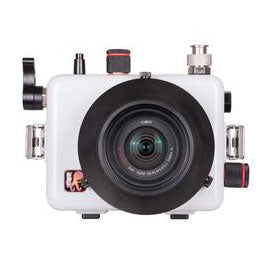
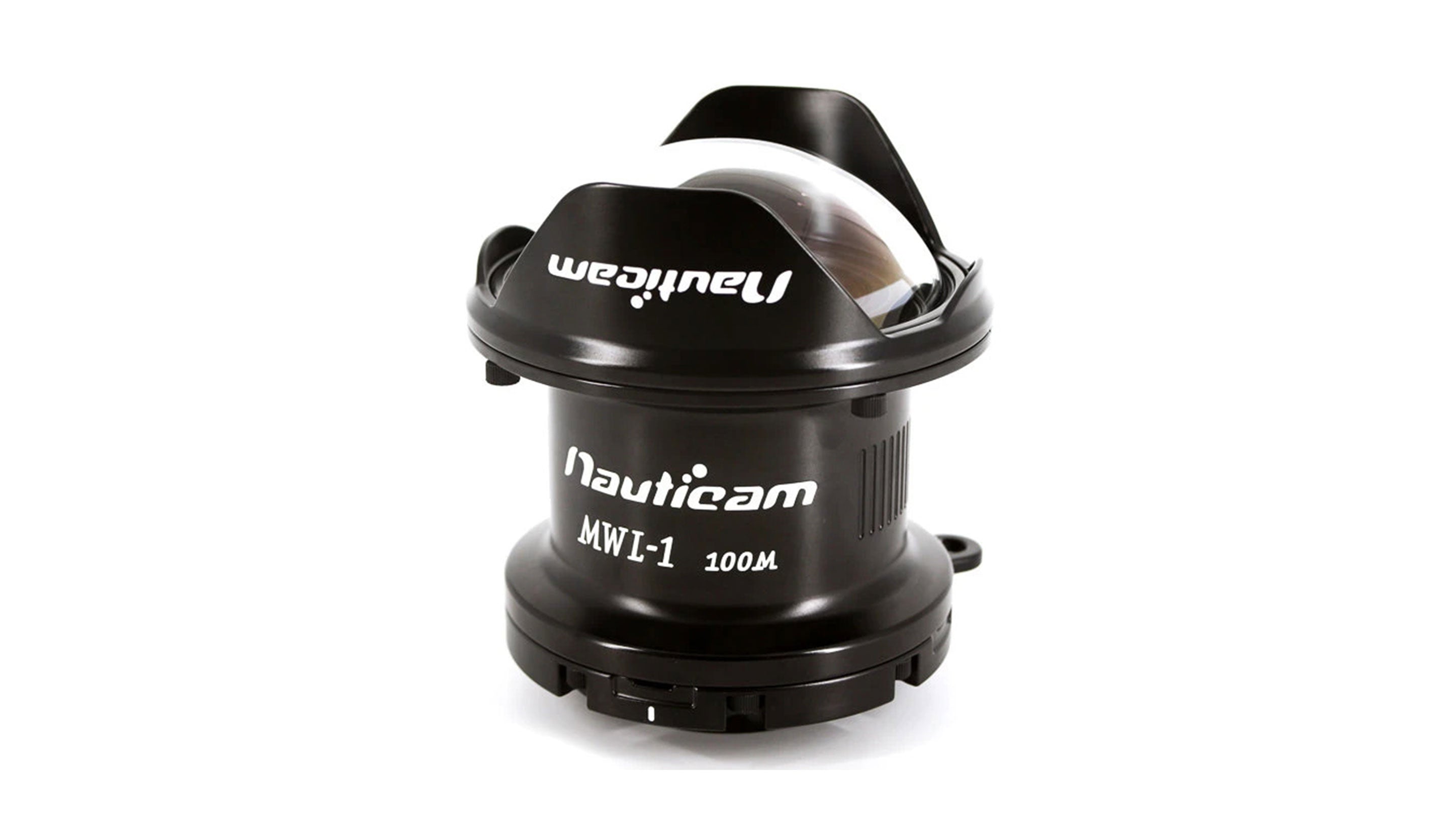
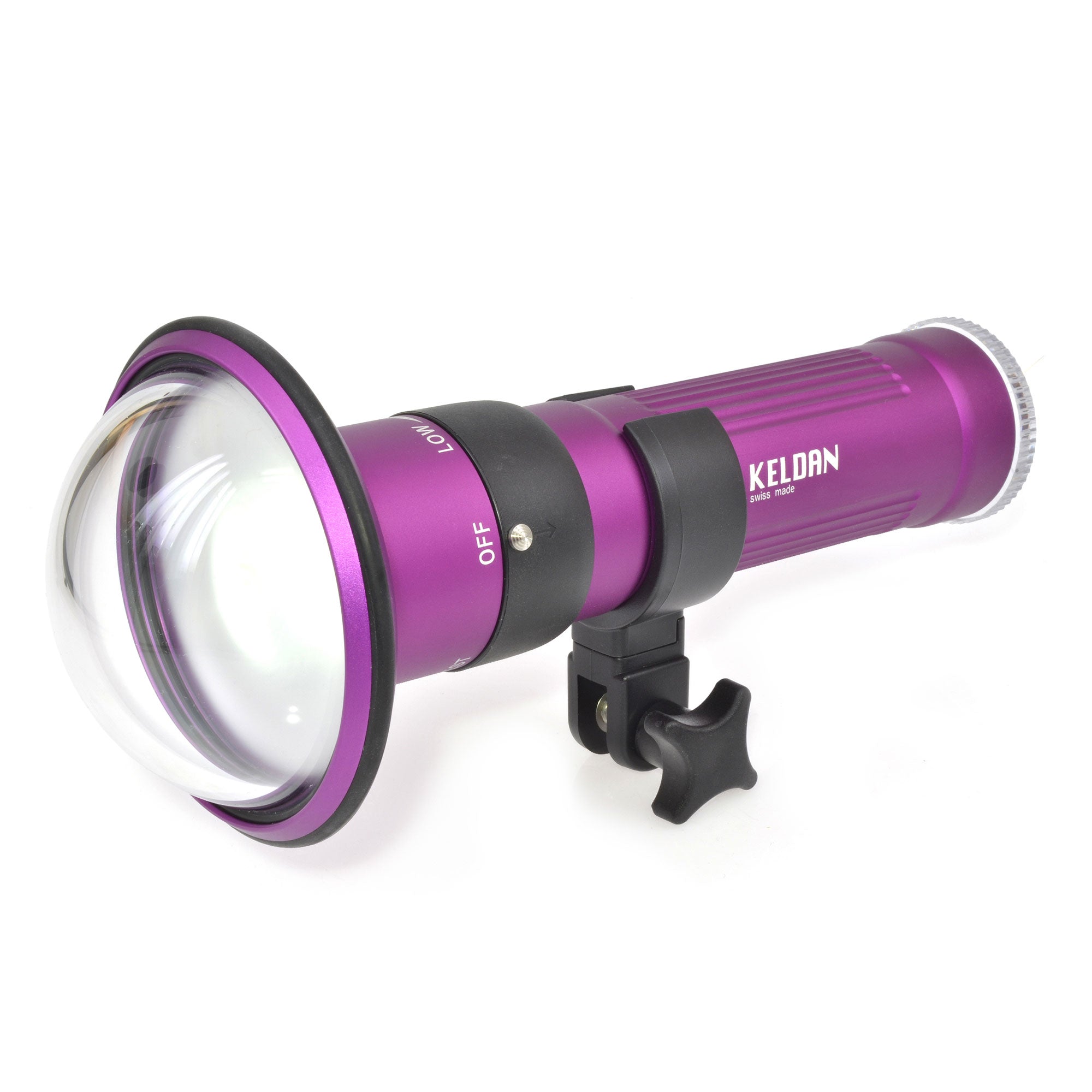
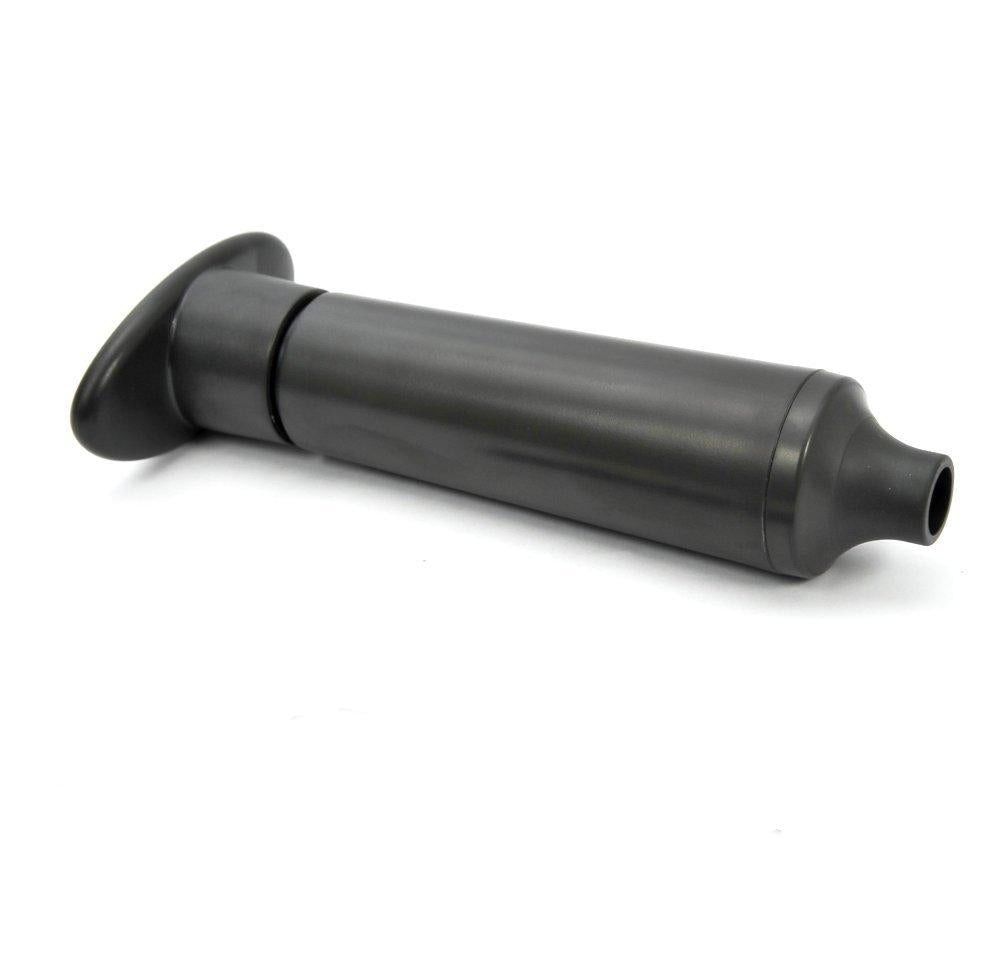

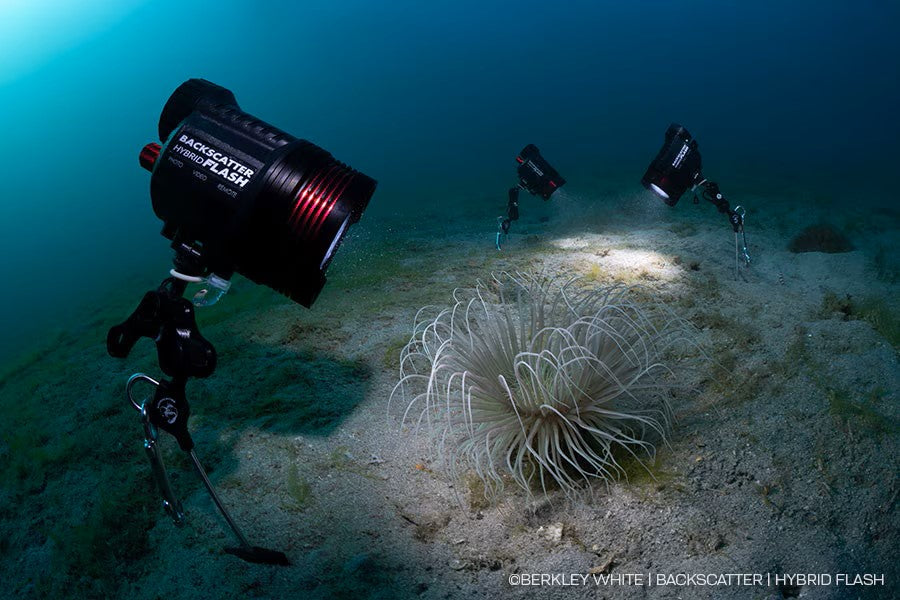
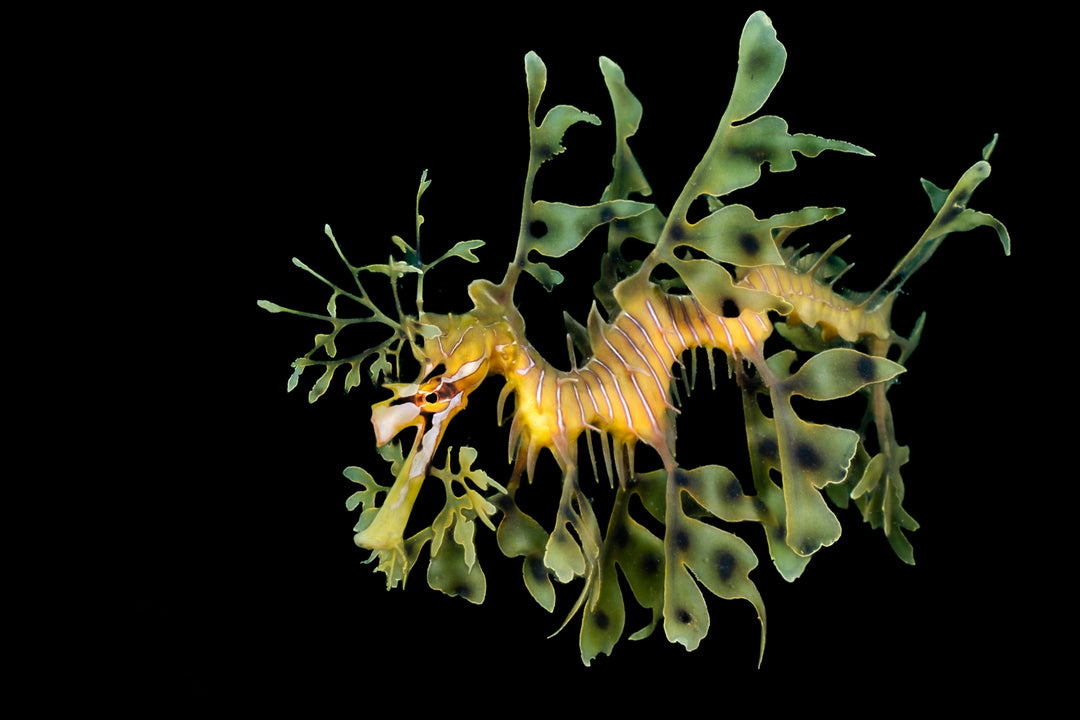
![Ikelite: 5 Situations Where You Need Strobes Underwater [VIDEO]](http://www.seatech.co.nz/cdn/shop/articles/6_REASONS_COVER_STROBES.webp?v=1752200834&width=1080)
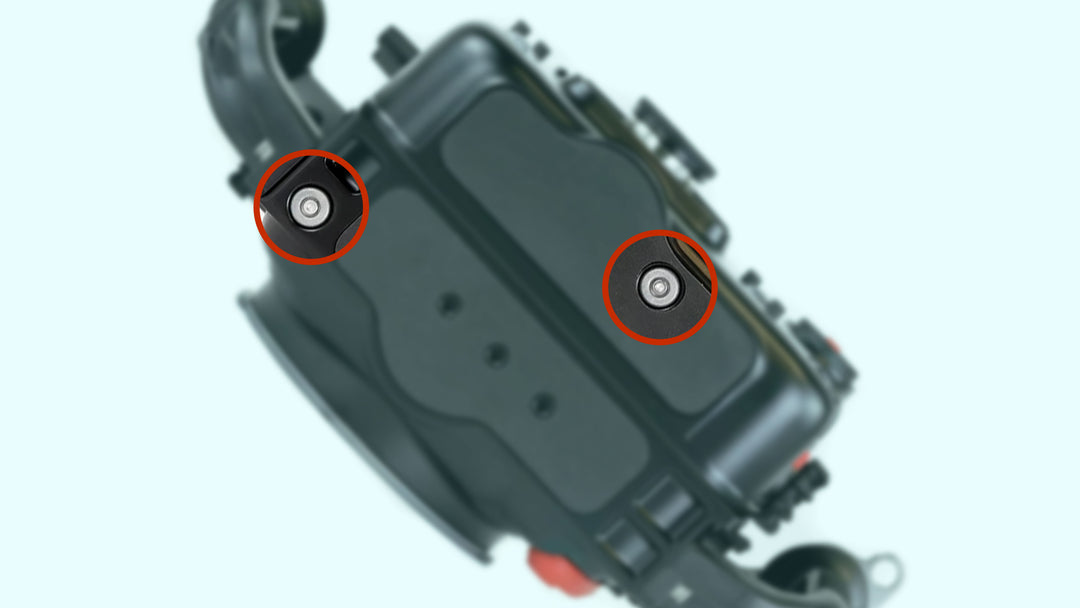
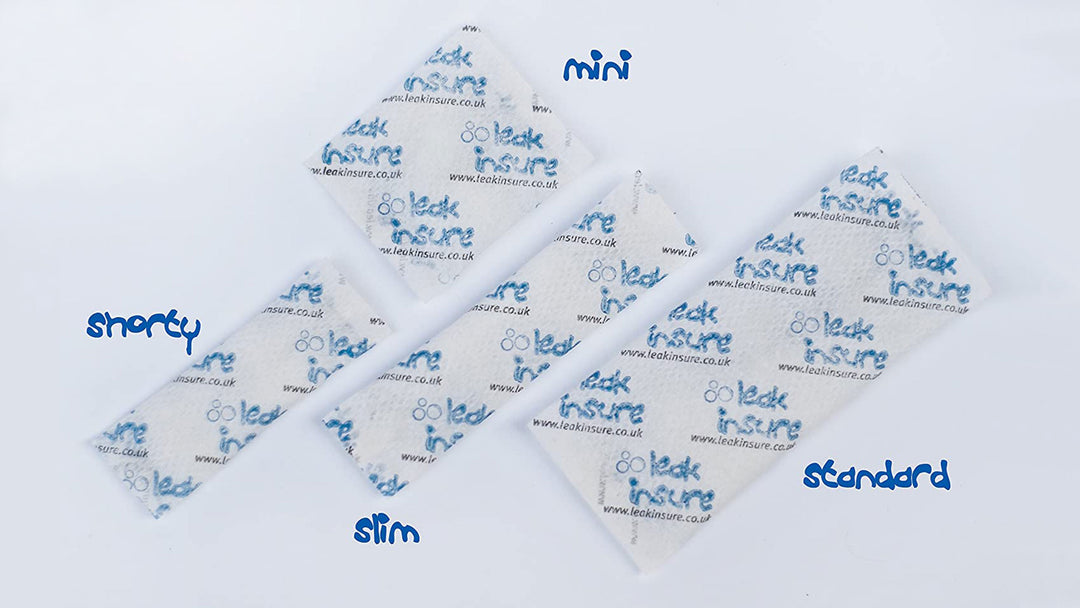
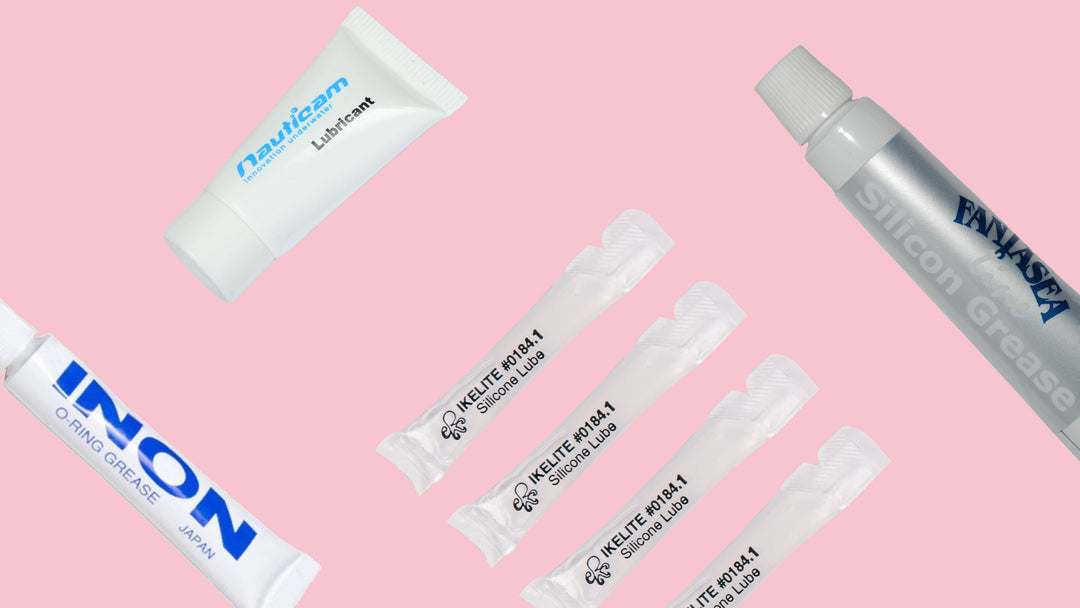
Leave a comment